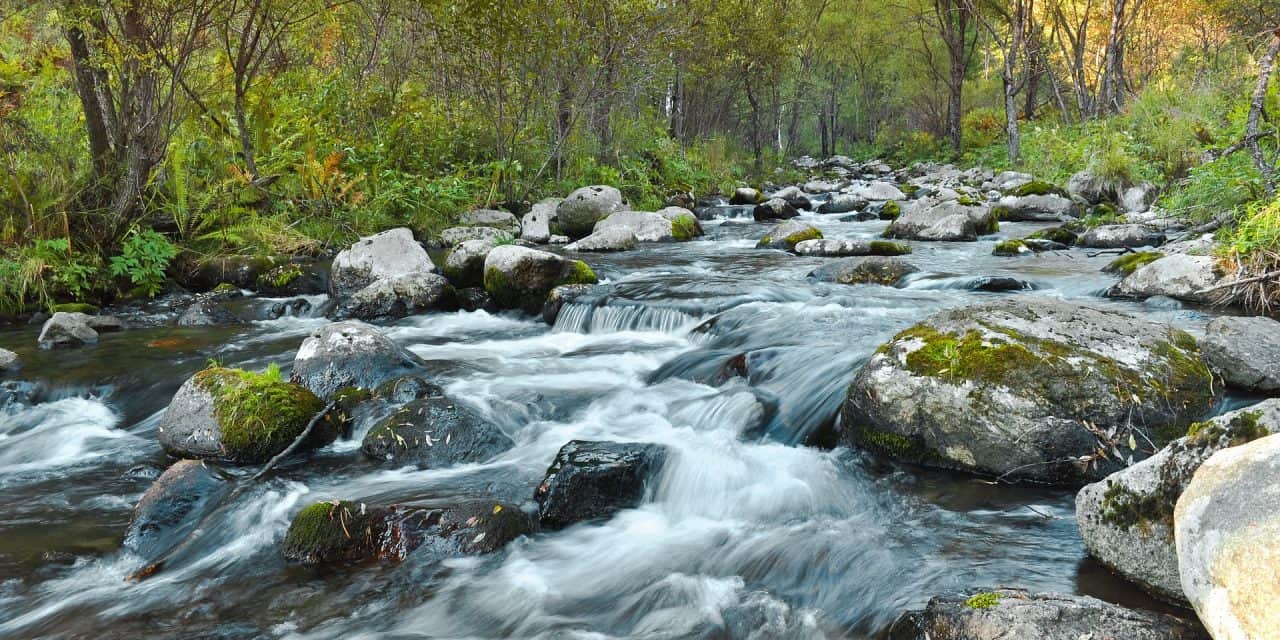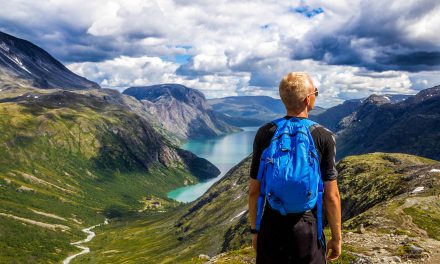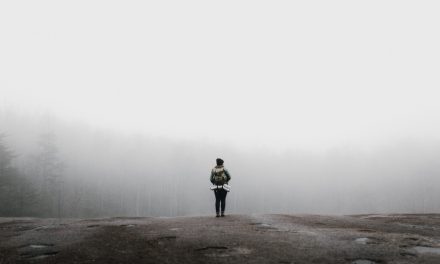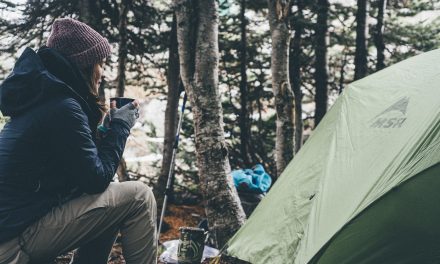After a long day of hiking, you finally settle on the banks of a gently flowing stream. The water seems clean because it’s clear. The sun is out and you are perched. It seems like a good idea to drink water from the stream. Before you start filling your water bottles with the stream’s water, you need to take a moment to think about the possible risks.
It is not safe to drink water from any stream you find while you are in the outdoors. Streams support entire eco-systems of living things. Bacteria is likely to thrive in such an environment. Drinking stream water exposes you to these bacteria and makes you susceptible to water-borne ailments. However, you can make stream water safe and drinkable.
Why shouldn’t you drink water from a stream?
Although it seems like a reliable (and sometimes only) solution while you are out camping, drinking water from a stream poses multiple health concerns. These concerns are health risks you need to avoid especially when you are miles away from possible medical assistance.
Stream water is unsafe for several reasons
Animal contamination
Streams are hydration points for wild animals. Although it is a sign of drinkable water, the safety of the stream water is questionable. Animals react differently to bacteria. Some bacteria that may harm humans could be harmless to animals. Wide eco-diversity comes with extra challenges. Animals may also be using streams as breeding areas, further compromising the safety of stream water
Upstream contamination
Before water collects downstream to form a stream, there is an upstream source. The upstream source may be a bigger, more diverse eco-system. If the source is big enough, there is a higher possibility of more contamination. Fecal matter and dead animals pose a huge risk to the safety of downstream water streams. And while nature might have its own filtration systems, there are contaminants that manage to get through.
When is stream water safe?
The great outdoors and rustic living are heavily romanticized. However, science puts a dumper on drinking direct stream water. Innovations in water safety and public health have led us to some exciting developments that make camping and backpacking more bearable. Water purification has come a long way to reduce the likelihood of infection from water sources.
Water filters
Water filters are lifesavers when you’re in the wild. They do most of the heavy lifting in quick water treatment. The lightweight systems make sure you’re not drinking most of the contaminants. However, even water filters are not 100% effective. You’d still have to contend with microscopic bacteria and possibly horrible taste. Enter, water purifiers.
Water purifiers
Backpackers, hikers, and campers agree that water purifiers are an essential part of outdoor excursions. This is because water purifiers not only get rid of particles in stream water, but they also do away with most bacteria and viruses.
Iodine is one of the most convenient methods to purify your water. It comes in tablet form and it only takes one tablet to purify a substantial amount of water. There’s also an option to add a drop or two into your water.
Chlorine is also another option for treating stream water. Yet, chlorine has more of a taste to it. Both iodine and chlorine are chemicals that might alter the taste of your water. But when you are dying for a drink, taste takes a backseat until you find the next best source.
Go tech or let the sun shine
If you want to use tech to beat nature, UV systems such as Steripens are effective against most impurities. They’re battery-powered and they are lightning fast too. And the best bit of it is that they don’t leave a bad aftertaste. You can use these systems either in small bottles or bigger containers.
Sunlight is a great substitute for Steripens. It might take a while but it would just as well. Exposing water to sunlight kills some bacteria and makes water somewhat safe. This would be a great method if the sun was out for longer periods. The UV rays penetrate the bottle, treating the water, and leaving you with a refresher. However, you would still have to filter out the water to make sure you get rid of most debris.
Turn up the heat
Camping demands that you carry cooking equipment. Boiling water is one of the best ways to make sure you are drinking safe stream water. Once you get water from your source, filter it, and boil it. Let it sit and cool for a while and repack it in several bottles. It is better on your supplies if you boil more water at one go than boiling a bit every time you need some.
If you are constantly on the move, you save more time and cover more area if you schedule your water preparation during rest time.
And if all else fails?
Sometimes you venture into the wild and you find yourself in dire straits. When you’re forced by circumstances to make the hard calls, you have to adapt to improve your survival chances.
Wherever there is a stream, there must be a source. The source likely has too much activity. It is best to avoid this area and follow the water downwards.
Look for a place where the water flows the fastest. If it is a good distance away from the source, it means there are fewer chances of you drinking unsafe water. Look for the clearest part of the fast-moving water and drink from there. The best time to do this would be at dawn before there’s much activity that has unsettled the stream.
There are some limitations to this, though. Alpine areas tend to have safer running water than jungles. This might be because alpine areas have glacial water. Jungles may have roaring rivers, but it is harder to spot any contaminants in their water sources. Be careful before drinking directly from a stream.
These are measures that should only be applied if there’s a real threat of serious dehydration. If you are on the move, make sure you have enough water to last you 48 hours before your next refill.
- Hammock Benefits: What The Tent Industry Doesn’t Want You Knowing - November 19, 2022
- How I Maintain My Hygiene When Camping - November 19, 2022
- How to Survive a Meet & Greet with a Bear - November 18, 2022






